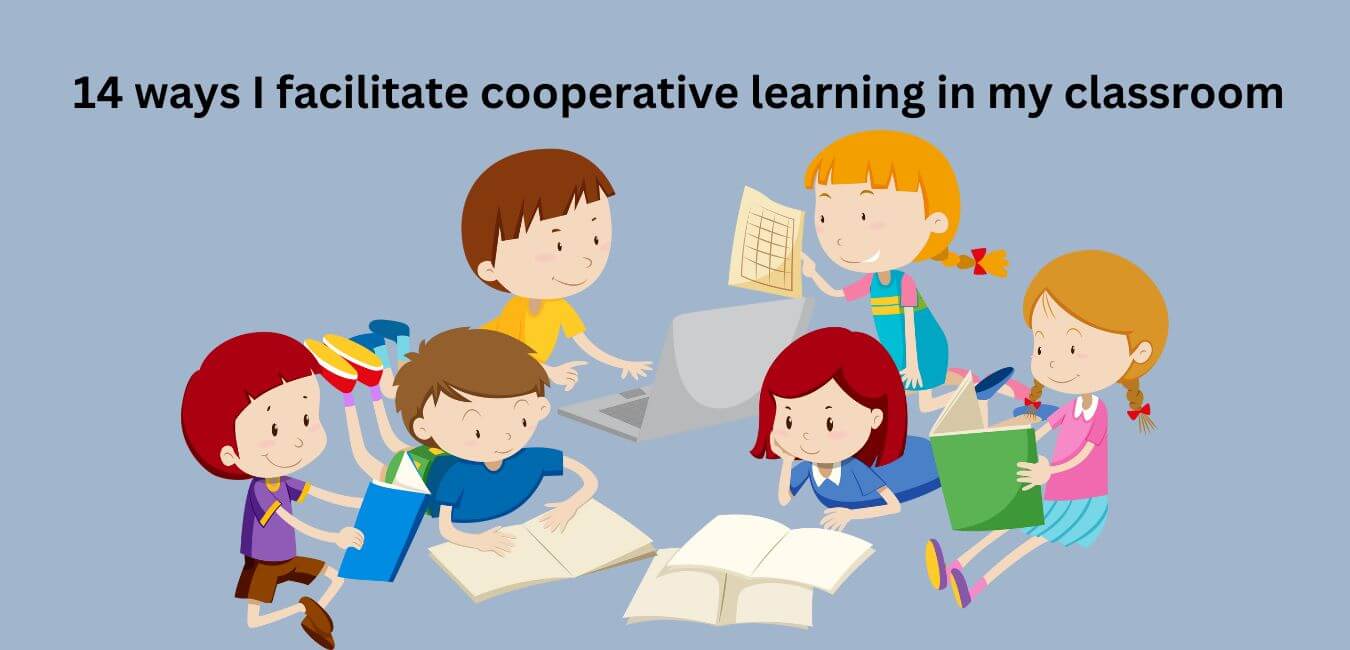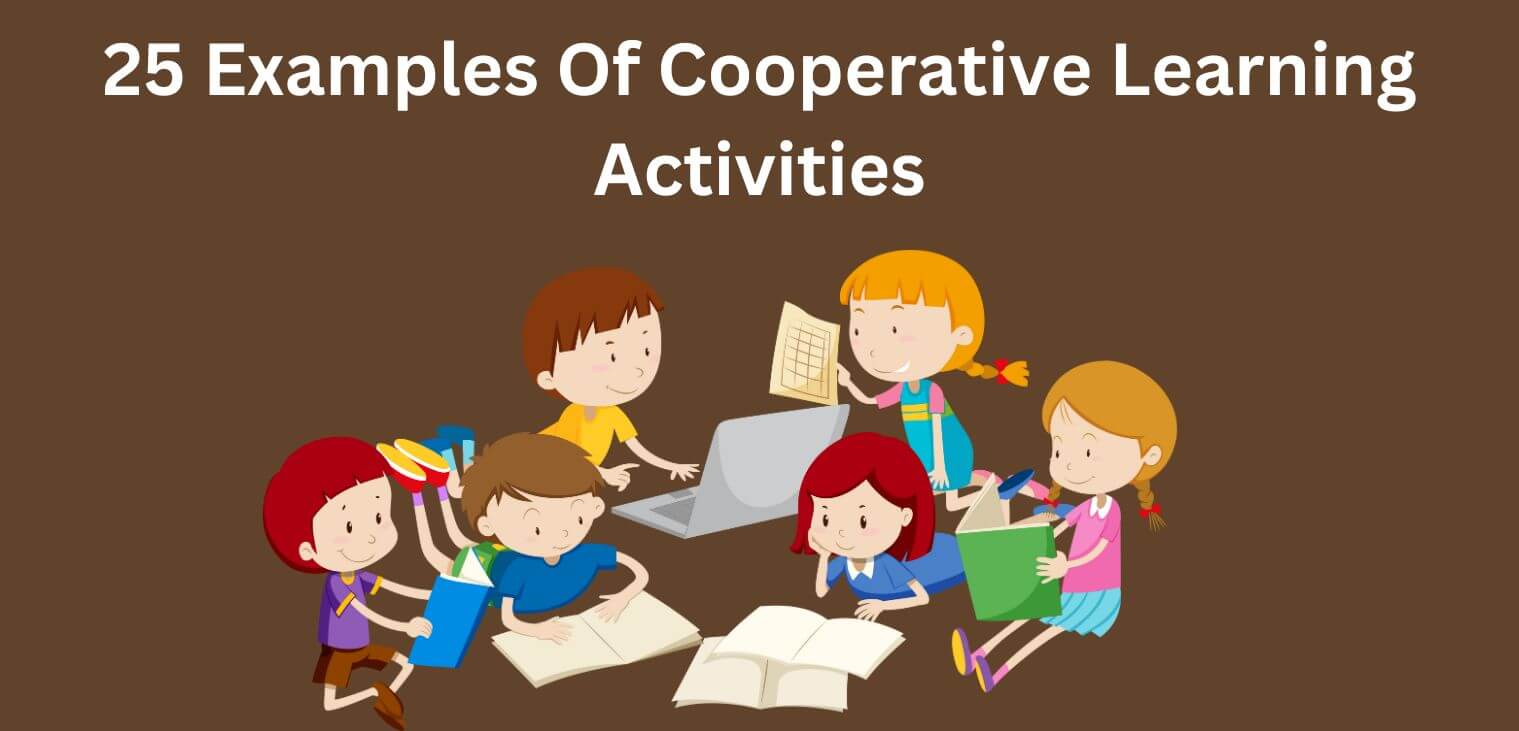Cultural influences on family teaching practices significantly shape how knowledge and values are shared within families.
These influences manifest in diverse parenting styles that vary widely across cultures, affecting aspects such as discipline and educational priorities.
As you examine these variations, it is essential to recognize how cultural traditions and norms not only inform these practices but also contribute to a child’s developing identity.
The interaction between these cultural elements and contemporary educational philosophies can lead to notable outcomes that may surprise many.
Understanding this dynamic is crucial for appreciating the broader implications on child development and learning experiences.
Defining Family Teaching Practices
Family teaching practices refer to the methods through which families share knowledge, values, and skills among their members. These practices are influenced by various parenting styles. For example, some parents adopt an authoritative style that promotes open communication and independence, while others may prefer traditional or authoritarian approaches that focus on obedience and respect for authority.
Educational methods within families can differ greatly. Some prioritize academic success and incorporate structured learning into daily life, such as setting aside time for homework or educational games.
Others emphasize experiential learning, using everyday activities like cooking or gardening as opportunities for teaching. This variety enriches family dynamics, allowing members to discover diverse ways of teaching and learning together.
Understanding these differences can help families find the most effective ways to nurture growth and development.
Influence of Cultural Norms
Cultural norms significantly influence family teaching practices, shaping how knowledge and values are passed down through generations. Parenting styles often reflect societal values, guiding the methods used to educate children. For example, some families may prioritize academic success, while others might focus on developing social skills and emotional intelligence.
These diverse approaches frequently arise from the roles defined by culture, determining who teaches specific values. Understanding how traditions are transmitted reveals that cultural norms affect both the content and delivery of lessons.
Many cultural practices promote a sense of belonging and community, creating shared experiences that strengthen family bonds. Recognizing these influences is essential for navigating your own family teaching methods.
This awareness allows you to align your practices with your values while honoring your cultural background. By acknowledging the effects of cultural norms, you can cultivate a nurturing environment for your children that respects your heritage and meets contemporary needs.
Variations Across Different Cultures
Family teaching practices vary significantly across cultures, reflecting the distinct values and traditions of each group. These variations influence parenting styles, with some cultures adopting authoritative methods and others favoring permissive or authoritarian approaches. Understanding these differences is crucial, as they’re rooted in the unique value systems that dictate how families prioritize education, discipline, and emotional expression.
In many societies, education is seen as a collective duty, where the community plays a vital role in a child’s development. Families collaborate to pass down traditions, helping children grasp their heritage and the significance of familial roles. This teamwork fosters a sense of belonging that enhances the learning experience.
Disciplinary methods also differ among cultures. Some emphasize respect and gentle guidance, while others may implement stricter measures. Despite these differences, the core objective remains consistent: to guide children toward becoming responsible adults.
Recognizing these diverse educational strategies allows for a deeper understanding of how cultural influences shape family teaching practices and contribute to a child’s overall development.
Role of Language and Communication
Language plays a crucial role in family teaching practices, influencing how family members convey values and expectations. Engaging in bilingual communication goes beyond mere word-sharing; it involves exchanging cultural stories that enhance understanding and connection. This variety in language enriches family conversations, allowing everyone to express themselves in ways that feel genuine and comfortable.
Nonverbal communication is equally important. Simple gestures, smiles, or variations in tone can convey meanings that words alone may not express.
In multicultural households, where languages may differ, these nonverbal cues become essential for understanding shared emotions. Learning to interpret these subtle signals fosters deeper relationships among family members, creating a more cohesive family dynamic.
Impact on Child Development
Introduction to Family Teaching Practices and Child Development
Family teaching practices play a crucial role in child development, influencing a child’s sense of identity and ability to navigate their surroundings. The way you choose to parent can cultivate secure attachment styles, which are essential for helping your child feel safe and valued. Providing consistent support and affection creates a strong foundation for healthy emotional regulation, enabling your child to express and manage their feelings effectively.
Your parenting style significantly impacts the socialization process. Emphasizing open communication and respect teaches your child to form relationships grounded in trust and empathy. In contrast, using harsh disciplinary methods may lead to anxiety or avoidant attachment, which can impede their social skills and emotional growth.
Children learn by observing your interactions with others, imitating those behaviors in their own lives. Creating a nurturing environment fosters resilience and adaptability, both of which are vital for overcoming challenges.
Ultimately, your family teaching practices establish a framework for your child’s future interactions and self-perception. Engaging in thoughtful, culturally aware parenting not only supports their development but also enhances their sense of belonging within both the family unit and the broader community.
Conclusion
Understanding the cultural impact on family teaching practices is essential for grasping how parenting styles and educational values vary across different backgrounds. Cultural norms significantly influence how families approach child-rearing and education, shaping children’s development in unique ways. Recognizing and appreciating this diversity enhances educational approaches, making them more inclusive and effective. It also supports children’s sense of belonging and identity, helping them navigate their paths toward a brighter future. For instance, families from collectivist cultures may prioritize group harmony and community involvement in their teaching practices, while those from individualistic cultures might focus on personal achievement and independence. Embracing these differences enriches the learning environment for everyone involved.










Leave a Reply